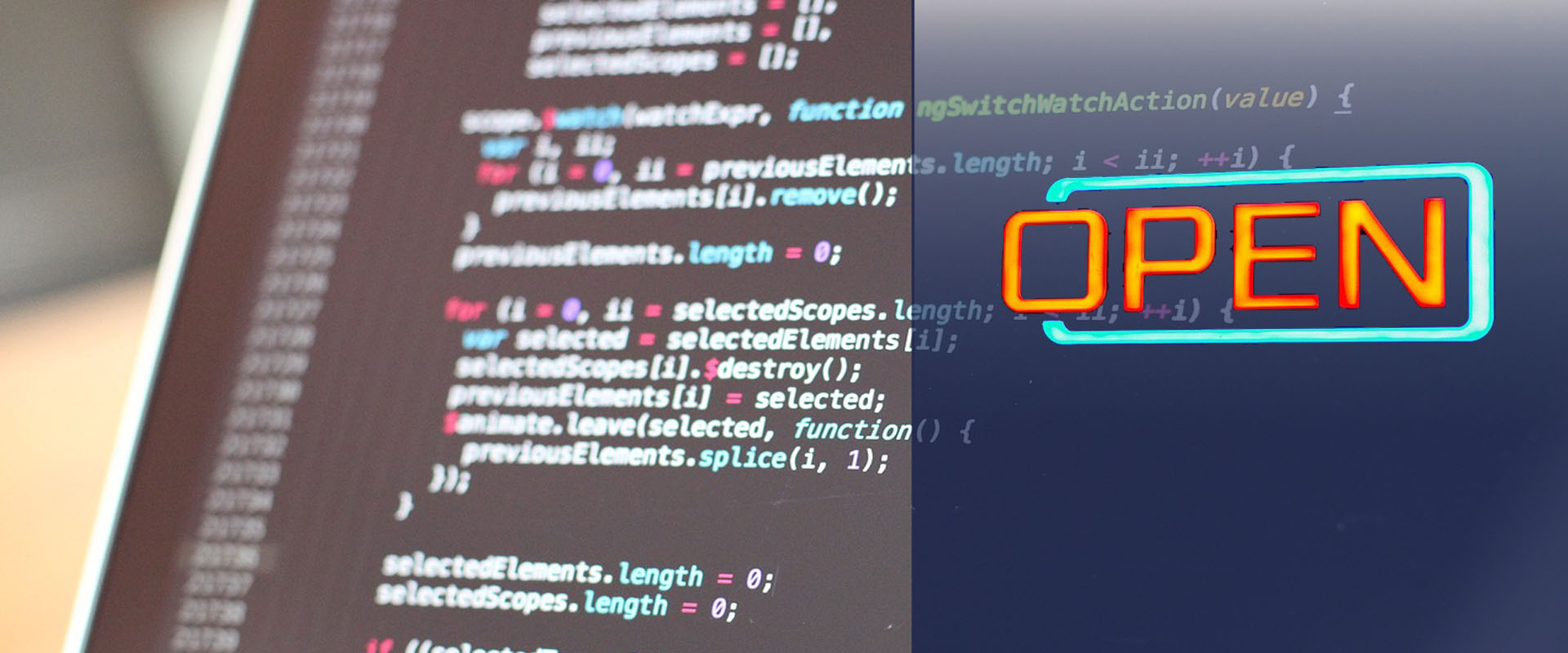Open Source Software (OSS) is commonly used by businesses to provide cost-effective, flexible, and robust solutions for various operational and system needs. Of course, using OSS brings with it various legal considerations and challenges related to licensing and compliance, protection of intellectual property (“IP”), and mitigating risk.
Let’s explore some of those issues as well as a few best practices for addressing them.
What Is an Open Source License?
Open source licenses are legal agreements that dictate how individuals and businesses can use OSS, modify it, and even distribute it. These licenses fall into two general categories: permissive licenses and copyleft licenses.
- Permissive Licenses allow users to freely use, modify, and distribute the software with minimal restrictions. Typically, the only requirement is to attribute the original authors.
- Copyleft Licenses tend to be more restrictive. In essence, the requirement is that if you modify and distribute the software, you must also distribute the source code of the modified version under the same license terms. This ensures the modified software remains open source.
Compliance with Open Source License Requirements
Understanding obligations imposed by an OSS license, such as attribution, disclosure of source code, and distribution requirements is vital so that businesses can avoid legal issues down the road.
Businesses need to ensure that . . .
- All open source components used in their projects are documented. This includes noting the version, license type, and any modifications made to facilitate audits should they occur.
- Appropriate credits to the original software authors are included in any documentation, user interfaces, and distribution packages.
- Modified versions of any software, particularly in the case of copyleft licenses, make the source code available to others.
Managing Risks Associated with OSS
Contributing to open source projects can enhance a company’s reputation and foster innovation. However, it also introduces risks that need careful management:
- Businesses need to develop clear policies regarding employee contributions to open source projects. This includes ensuring that employees understand their obligations, such as not disclosing proprietary information and complying with company guidelines.
- When employees or independent contractors contribute to open source projects, businesses need to use contributor license agreements (CLAs) or contributor assignment agreements (CAAs) to clarify who owns the work contributed to the project and any rights granted.
- Code contributed to an open source project should be of high quality and should not inadvertently include proprietary or confidential company information. Regular code audits are a must to identify and address any potential licensing issues.
Navigating Conflicts with Proprietary Software
Many projects require the use of both OSS and proprietary software. Balancing the use of both can be challenging, especially with the potential for conflicts between different license types.
Some licenses, like the widely used open source General Public License (“GPL”), impose requirements that may conflict with proprietary software distribution. In this case, the GPL requires derivative works to be distributed under the same license, ensuring the software remains free and open source.
Some organizations consider dual licensing for the software they develop. This approach allows them to offer their software under both an open source license and a commercial license. In this way, they can attract open source contributions while also generating revenue from commercial users.
Containerization technology, such as Docker, can help isolate open source components from proprietary software. Such an approach can help businesses manage license compliance and reduce the risk of contamination between open source and proprietary codebases.
IP Considerations When Using OSS
For organizations that use OSS to create IP, the ownership of the IP depends on several factors, including the specific open source licenses involved and how businesses and individuals integrate and modify the open source components.
The implications for IP ownership vary significantly between permissive and copyleft licenses:
- If a business or individual incorporates permissive-licensed OSS into a proprietary product, they generally retain ownership of the IP. The primary requirement is often to provide attribution to the original authors.
- If a business or individual modifies and distributes software under a copyleft license, they must distribute any modifications under the same license terms. This can mean that any derived work must also be open source, which could impact the business’s or individual’s ability to claim exclusive ownership of the IP.
The extent to which a business or individual modifies the OSS can influence IP ownership:
- If OSS is used without modification within proprietary software, the proprietary code typically remains the IP of the business or individual. The OSS retains its original license, and any additional obligations are limited to compliance with that license (such as attribution and providing source code for the open source component if required).
- If the OSS is modified, the nature of the modifications and the license terms will determine a business’s or individual’s IP rights. For permissive licenses, a business or individual generally retains ownership of the modifications. For copyleft licenses, any modifications might need to be released under the same open source license, affecting control over the IP.
Combining OSS with proprietary software can lead to other complex IP-related issues:
- If proprietary software dynamically links to open source libraries (through APIs, for example), the proprietary nature of the software might be preserved.
- Static linking or combining open source code with proprietary code can create a derivative work. For copyleft licenses, this may require businesses or individuals to make the combined code open source, which impacts IP ownership.
- When working with OSS, CLAs, CAAs, and dual licensing models often require certain rights be granted to the original project others, while other rights are granted to individuals and businesses contributing to the project. Understanding those rights and how licensing affects them is critical.
Get Expert Guidance
As with most matters related to intellectual property, the challenges are complex and evolving. Whether your company is developing in-house expertise or collaborating with consultants to get by, having additional specialized legal support at the forefront of OSS licensing and compliance issues is indispensable.
Let’s Work Together: Global Experience, Personal Focus
Ludwig APC can work with your team to leverage education, new technologies, and a keen understanding of IP and business matters to mitigate risks and maximize the benefits of utilizing OSS with your business. Contact us today to arrange a free consultation at (619) 929-0873 or consultation@ludwigiplaw.com.



